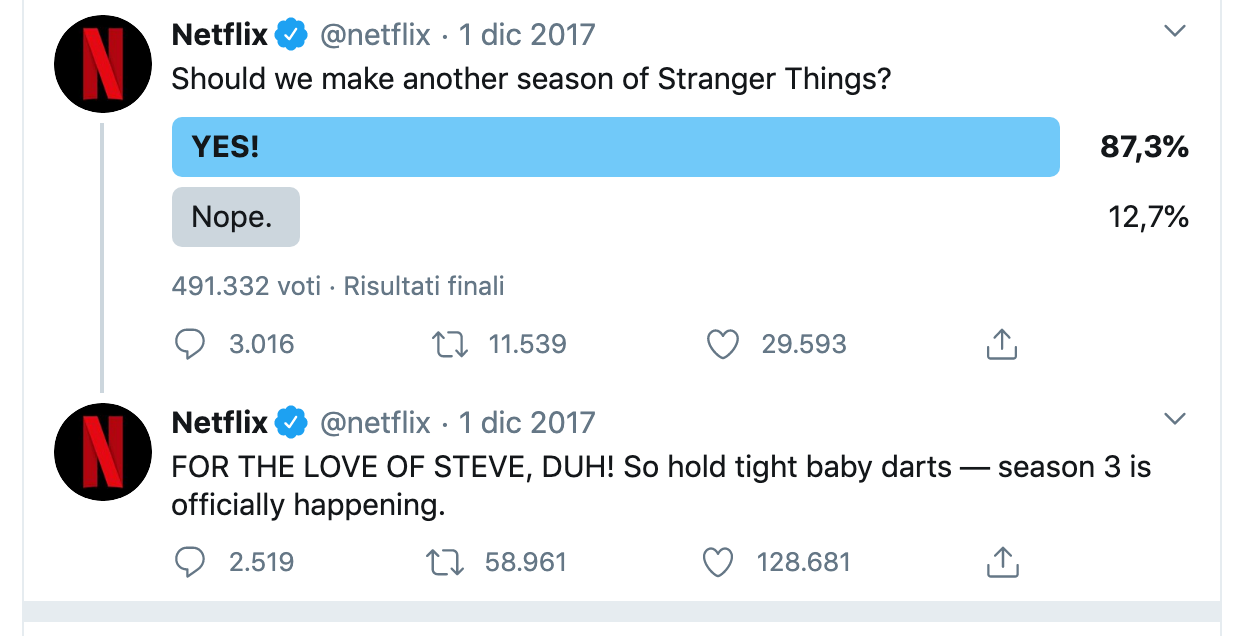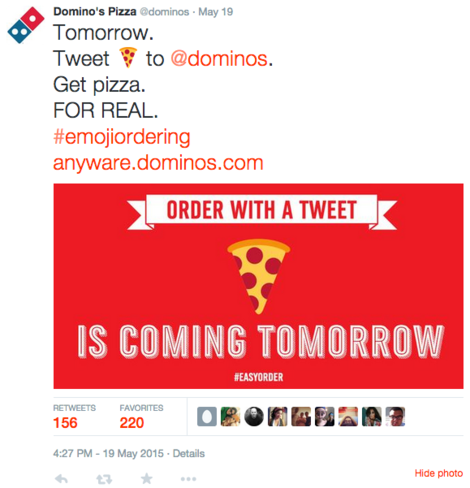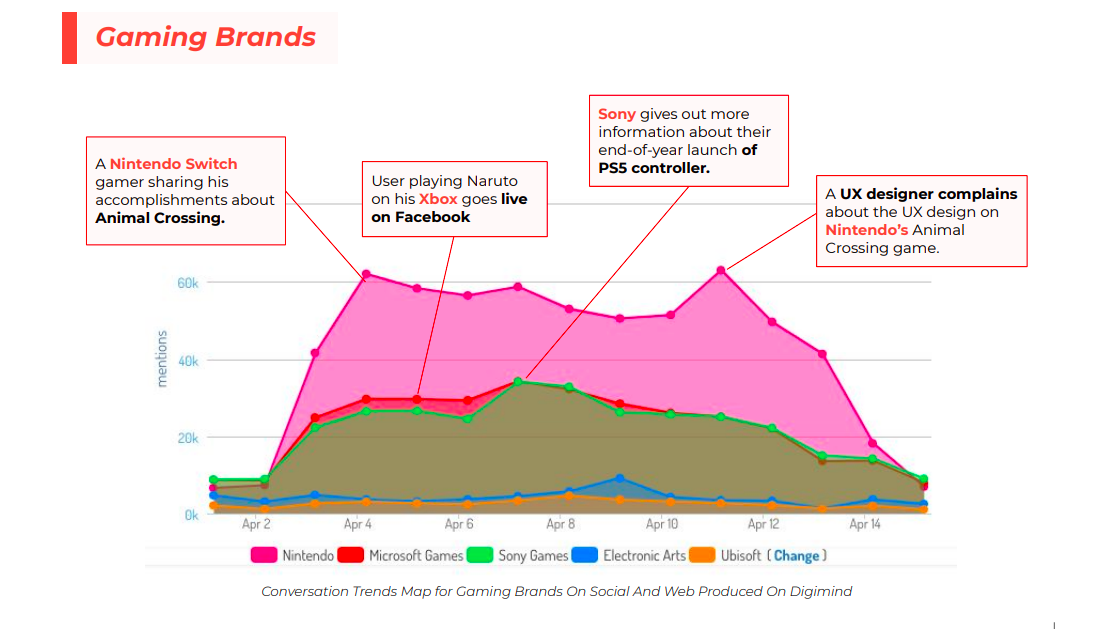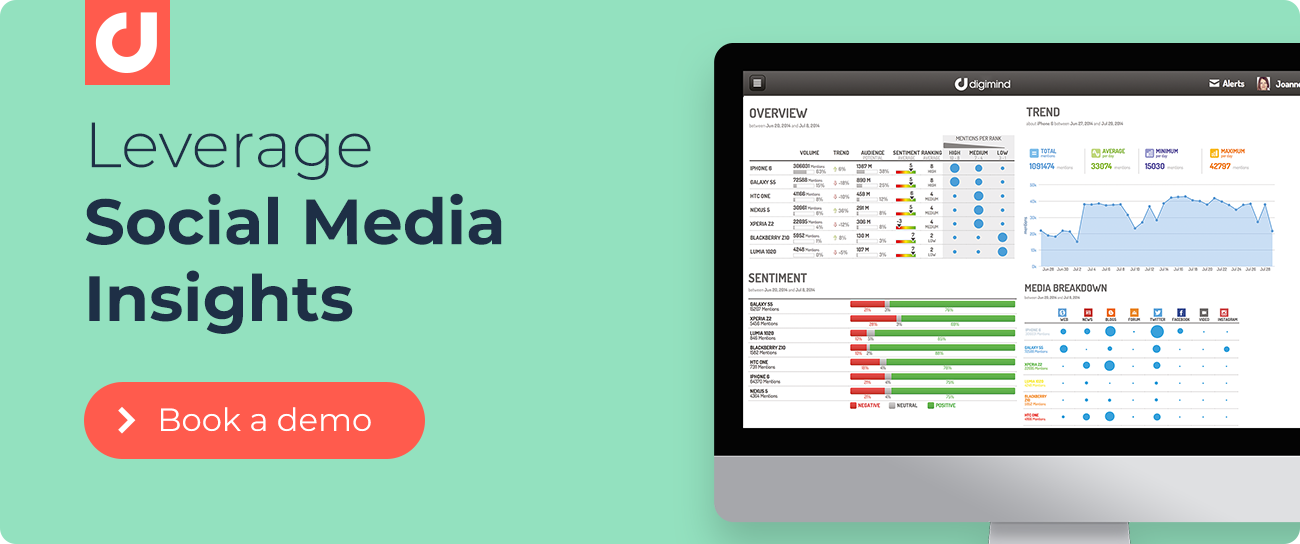5 Useful Tips On Beating Out The Competition Using Market Research
The Ace Up Your Marketing Sleeve: Market Research
Guess Who?, originally created by Milton Bradley (now owned by Hasbro), was a young children’s guessing game that pitted players against one another through order-of-elimination. It was a simple board game meant to test children’s logical thinking skills while also being a bit of harmless fun. The premise was simple: guess facial characteristics that would potentially line up with a pre-determined figure, with any of the characters on the board not lining up with a player’s guess being flipped over before moving on to the other player’s boards, until someone could properly guess who they were looking for. So why does this matter? Why bring this up? Because marketing is very much a more complex, data-driven version of a guessing game. If your brand played Guess Who? with four other brands (players), and it had Market Research at its disposal, then you’d win every time. And that’s what Market Research can help your brand do, win - or at least outperform your competitors - when operating in the same business or industry as other companies and brands.
Market Research, for those of you who are unfamiliar with the name, is an umbrella term for the broad processes marketers and insights professionals engage in in order to better engage their consumers, improve their messaging when employing a marketing campaign or strategy, and more-or-less boost business with greater brand awareness and reach. There are many ways to do this, but social listening, analyzing trends, and segmenting audiences in order to better understand your key demographic consumer groups, are some of the strongest ways to successfully use Market Research.
Your competition might already be using Market Research themselves, although what works for their brand and key messaging may not necessarily apply to yours, even if you’re both in the same field or line of business. With this short, easy-to-understand overview of 5 useful ways you can beat out your competitors, you’ll have a great starting point to begin your competitive research, outperform your challengers, and ultimately win at the game of marketing. Let’s begin!
1. Know Thyself. Know Thy Victory.
Market Research can tell you a lot about both the general market field, and about your brand itself. Before you can outgame your opponents, you must first understand who you are, how you’re perceived online and off, how strong a position your business or brand is in your industry compared to others, and ways in which you can improve your overall engagement with current and potential new customers. Market Research is the best way to internally investigate certain issues that can lead to key insights related to your services or products. Explore various sources to the best of your ability and acquire data from:
- Employee assessments - Questioning your team members on specific elements of your brands operations and standing from a consumer perspective.
- Focus groups - Questioning an unbiased test group of strangers for their views on the brands messaging and weaknesses/strengths.
- Tracking studies - Studies that gauge how product/service releases/launches effect consumer emotional sentiments.
- Customer surveys - Questioning loyal consumers or repeat shoppers/subscribers for a more in-depth look at dependable purchasers.
- Product pricing evaluations - Soliciting previous consumers about business-based market pricing.
- And more
By exposing some of the ins and outs of your brand, you’re accomplishing something that your competitor may or may not be doing, which is firstly evaluating their own house, and seeing how best to reposition themselves for an edge when competing marketing campaigns toe-to-toe.
2. Let Social Media Guide You To Glory
Real-time data from social media is the result of social listening, focused through the lens of Market Research. By harnessing the actual impressions that consumers get when engaging with your brand, you can better position your strategy to reflect the emotional sentiments and preferences of four key groups: people with positive views of your brand, people with negative views of your brand, people with positive views of your competitor's brands, and people with negative views of your competitor's brands.
It seems so simple to conceive of, but make no mistake, wielding the awesome power of social listening to outperform and engage more efficiently than others can mean the difference between resonating with both your own digital naysayers, and your rival’s fans. A prime example of this is Netflix. With the rise in digital streaming services since the onset of the COVID-19 pandemic, such as Disney+, Hulu, Apple TV+, Amazon Prime Video, Quibi (oh wait…), and more, Netflix needed to find a way to keep its crown amidst those vying to unseat it from the throne. By listening to the fans, America’s #1 movie and TV show streamer enacted a policy of letting consumers vote on their preference for sequels on shows, offering better connections and favorability with their current subscribers, while bringing in fresh faces who wanted content that reflected their media interests.

Image Source: medium.com
While Disney is charging people money for movies they expect to get for free with their subscription service (looking at you live action Mulan remake), Netflix is taking a more social listening-based approach, and it’s undeniably helped them maintain their lead on the top of the streaming service mountain. Case in point: Market Research should ALWAYS involve online data gleaned from social media, because if you’re not, your competition is, and they may be saying things or creating content that will intentionally hurt your brand if you’re not doing your Twitter feed homework. And speaking of content...
3. Don’t Be Content With Just Having Better Online Content. Engage Where They Don’t.
Look closely at the content that your competing brands are developing. Do everything you can to optimize your media online by analyzing the various forms of videos, gifs, messaging, polls, and images, so that your own output is uniquely geared towards the four groups previously mentioned. Brands often get stuck in the trap of simply trying to one-up their rivals in order to build some sort of association. Associations are easy for companies to establish because it’s commonly believed that YOUR brand will come out being the most positive comparable product or service when associated with the competitions content. But this is not always guaranteed, and can lead to serious backlash that can hurt your brand image for years if not handled well. A label like that can damage a company, even after their content campaigns end. Domino’s Pizza tried selling itself as the “cheaper” pizza for price-conscious consumers, and that ultimately ended up hurting their brand by inadvertently being labeled as the “poor-quality” pizza chain, something they had to desperately attempt to rebrand at serious cost to their company coffers and credibility.
Dominos saw what other pizza chains were doing with their pizza apps and created a social media campaign built around an actual tweet ordering gimmick that separated them from the rest of the pizza pack. And it worked!

Image Source: bsomultimedia.com
Nobody (in the pizza food industry) had driven engagement via a pizza emoji quite like Dominos. Whether ordering via tweet is faster, or more convenient for consumers was irrelevant; the idea of tweet ordering pizza drove conversation, it was shared whenever someone retweeted their pizza emoji order, and Dominos outsmarted its competition with Market Research that revealed how they could engage where others had not.
4. Learn From Your Mistakes And Theirs.
Aside from analyzing trends and relying on competitor reports to shore up your marketing strategy, you can use Market Research to hone in on specific drops in engagement with rival companies to see where they faltered with their consumers. This can include instances where their digital content campaigns simply failed to register or resonate with potential new customers, or even instances where their target audiences stayed stable, but they neither gained new users, or extracted some from their opposition.
Using Market Research - and more specifically, Social Intelligence platforms like Digimind - marketers and insights professionals can zoom in on these periods in time to better understand what happened regarding their social media efforts. Below is an example from a previous report Digimind published on the Stay-At-Home industry:

A trend chart showing the spikes and drops in mentions for online conversations surrounding gaming brands during the early parts of the pandemic.
Check out Digimind's comprehensive report on Stay-At-Home Industries during the pandemic.
Companies like Nintendo, Microsoft, Sony, EA, and Ubisoft, all could’ve used this bit of Market Research to see where their competitors were peaking the most with consumers, what kind of emotional sentiments were actually being conveyed during those spikes, and tweak their digital strategies to make sure they could either repeat those similar results, or avoid potential drops in consumer engagement and preference.
By analyzing the posts of some of these denizens of the web, you would see how Nintendo did a large amount of social content around their most popular April release in 2020, Animal Crossing: New Horizons, or how Sony revealed some information about their latest PS5 gaming controller, dubbed the DualSense controller. If the made up video game company FunWorks had a lull in interest in their gaming console, The Fun Box, and looked at these results from Market Research, they could develop a superior marketing strategy that involves playing to built-in fan base love, with fun, topical content, teasing info about a new game launch or console feature, and avoid problems that other brands had during that same period.
5. Improve Your Marketing Position & Nab A Stronger Share Of Your Industry Than They Do
Telling someone that the solution to their problem is just to “do better” is less than constructive. Improving your marketing position involves knowing the who, what, where, when, and why of your target demographics, but especially the WHO. To reach them you’ll need to identify a few key things if you’re to beat out challengers within your industry:
- Age - How old are your brand’s current customer base? What are the closest two age groups below and above that dependable age base? How could you alter your product’s pricing and features to best cater to their needs and changing values?
- Gender - Are men or women more receptive to your brand? How can you appeal to both groups better if your product or service isn’t uniquely gender-exclusive? What are your business opponents doing to draw in the gender that your brand is weaker with?
- Occupation - What kind of occupations types make up the bulk of your main consumer base? Blue collar or white collar mostly? Income brackets? Any particular roles these groups have that stand out to you as possible opportunities?
- Location - If you’re looking nationally, where in the US are your consumers mostly based? Which coasts are they more densely populated? Is Middle America engaging with your content? If you’re looking internationally, where in the world are you doing most poorly? Where are you finding the most success? Are you factoring in culture norms and views when doing Market Research for these regions?
- And more
When you’re able to segment your audience and potential new consumer base better than your competitors, you’ll always be 2 steps ahead of their market positioning, leaving them open to lapses in messaging, and incapable of heading you off for future campaigns that are driven by strong data. If possible, use this to your advantage and seize a stronger share of the industry. The bigger the brand, the bigger the brand recognition. Going back to those four groups - those that already like you, and those that don’t, and those that already like your competitors, and those that don’t - when you’re able to know them through and through, there’s nothing your biggest challengers can do to outgame your marketing strategy. Market Research is always the key.
Guess Who Needs To Rely on Market Research? You, That’s Who.
In life you should never cheat, that’s just basic knowledge. But having a cheat sheet to win the game of marketing should always be in your interest. And that’s what Market Research can provide you with, a cheat sheet (of sorts) that can tip the balance of the market in your favor. Think back to Guess Who? Is it a man or a woman? A woman. Does she wear glasses? Yes. Is she Blonde? No. Okay it has to be her. Correct, you got it. This is ostensibly Market Research. If you played the same game without Market Research it would be much more difficult. It’s that person! No. Okay, how about THAT person! No, try again. Can I use a lifeline? That’s a different game.
You get the idea.
Written by Micah Levin
With a background in creative writing, advertising, and psychology, Micah is a copywriter in name and a Digiminder at heart. When he's not developing content for agencies, you can find him crafting novels, cooking and running around in Brooklyn, NY.

